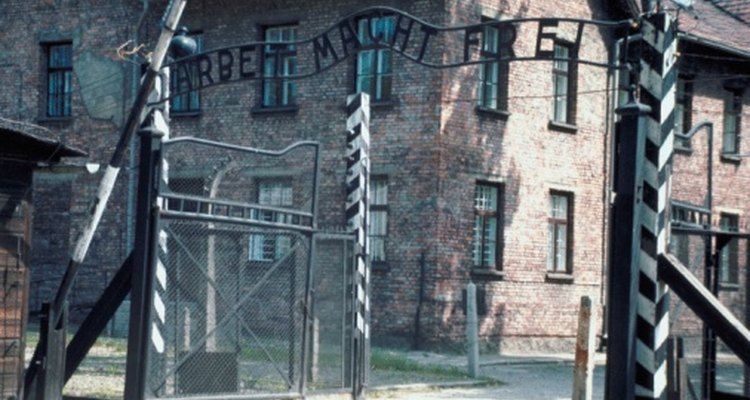
About 1.5 million children died during the Holocaust. Victims included Jewish, Polish, Soviet and Gypsy children, as well as German children who had physical or mental disabilities. Children in both the ghettos and concentration camps were often required to wear specific clothing or identification.
History
Those who were forced to move into ghettos, as well as those deported to concentration camps, were forced to give up their possessions and clothing. Children who were too young to be of use were included with the sick, disabled and elderly who were considered "useless eaters" by the German authorities. Because of this, they were often sent directly to killing centers, or killed immediately after birth. Those who were older than 12 performed heavy labor and were used for medical experiments. Children living in the ghettos often died of starvation or exposure due in part to their lack of sufficient clothing.
Uniforms
At most concentration camps, both children and adults wore striped uniforms. Women were issued simple dresses and men wore vests, pants, hats and coats. Prisoners wore leather or wooden clogs that caused painful sores on their feet and ankles, as socks were not provided. Clothing was usually very dirty, as it was worn both during the day while prisoners performed heavy labor, as well as at night, and was only changed about once every six weeks.
Identification

A number printed on prisoners' uniforms served to identify them, as well as an inverted triangle providing the reason for imprisonment. The color of the triangle was significant, with criminals receiving green, political prisoners red, homosexuals pink, Jehovah's Witnesses purple and asocials black. In many camps, Jews were required to wear visible yellow triangles over red triangles, creating a Star of David. In other camps, Jews wore yellow stars, the Judenstern, on either the front or back of their uniforms.
Children in Hiding
Many children were hidden in countries such as France, Italy and Belgium to preserve their lives. They had to be as inconspicuous as possible and needed to be able to move quickly. Consequently, they had to leave behind all possessions and usually kept only the clothes they were wearing. Wartime shortages made it incredibly difficult to obtain new clothing, so those hiding the children made them clothing from fabric scraps or dressed them in used clothing.
Related Articles

Farmer's Wife's Clothes in the 1800s

What Did Kids Wear in the 80s?
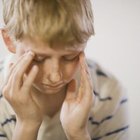
Three Warning Signs of Neglect

School Uniforms in the 1940s

The History of Steel Toe Boots

Traditional Roles of Men & Women in ...

Does a Married Woman Need Her Husband's ...

Children's Clothes in the 1600s

What Were the Traditional Gender Roles ...

Children's Clothing in the 1900s
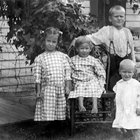
Children's Clothing From the 1920s
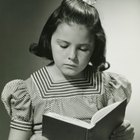
1930s School Clothes

Children's Clothes in 1910
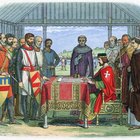
Kids' Clothing During the Medieval ...

What Teenagers Wore in the 1940s

What Are Psychedelic Clothes?

What Do Women Pirates Wear?

About Jumano Indian Clothing

How Absent Fathers Affect Men

About Apache Indian Clothing
References
Writer Bio
Aubrey Carter began writing professionally in 2002. She writes for AOL City's Best. She moved back to Scottsdale after completing the New York City Teaching Fellows program, where she taught 10th-grade French and English language arts in the Bronx. She completed a Master of Science in teaching English to speakers of other languages at City University of New York.
Photo Credits
Jupiterimages/Photos.com/Getty Images